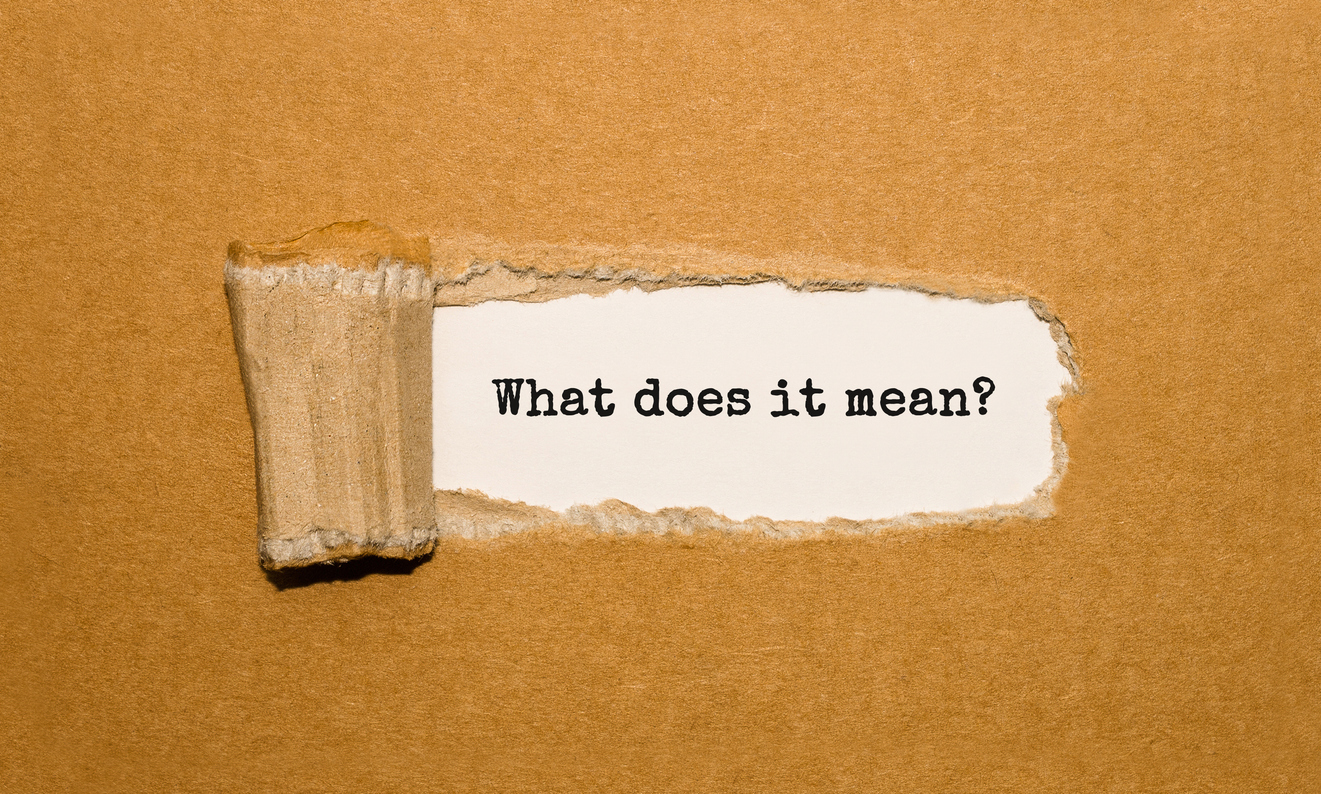The Kincade Fire recently burned nearly 80,000 acres of Northern Sonoma County with smoke traveling far and wide. Our incredible firefighters from across the country teamed up to bring this emergency to 100% containment with only 300 structures destroyed. Compare that to several thousand structures destroyed in the Tubbs and Atlas Fires in 2017 and the devastatingly sad Camp Fire which cost so many lives last year.
And yet despite the limited structure loss, many wineries were still damaged by fire or smoke taint, right as harvest season was coming to a conclusion. Others were not physically damaged, but wine or grapes spoiled due to losses of power and access. All wineries lost customers because of mandatory evacuation orders and the post-fire environment.
Wineries should work with attorneys, public adjusters, and experts who have experience with winery claims, especially from the 2017 Tubbs fire which, like Kincade, struck at the end of harvest season—a critical time for wineries.
In the wake of the Tubbs and Atlas Fires, we learned that many wineries lacked the insurance they thought they had due to broker errors or unclear insurance policies. Other wineries made critical mistakes that hampered their claim. Without expert guidance on how the winery insurance claim process works, wineries can find themselves without insurance proceeds needed to recover, or in litigation for years.
For wineries with wildfire claims, having the right team in place to maximize your insurance recovery is essential. There are many aspects to winery claims. The varying coverage conditions for property damage to wines, grapes, grapes on the vines, grapes off the vines, wine-in-process, and completed wine is extremely complicated and requires careful attention to detail with a trained eye. Many winery policies are written based on general farming insurance policies which can make it nearly impossible to understand without expert help.
Also complicated is preparing claims for business income losses. Business income claims require strong financial expert support which can be guided by an attorney and public adjusting team. Loss of value to wine, especially wine-in-process, can be extremely complicated to prove-up.
Vintners who think they are responsibly mitigating their losses before making a claim may be making things worse from an insurance standpoint. Insurance policies may actually disincentivize this. For example, if mitigation efforts during the winemaking process using tainted grapes fails, coverage for the resulting unmarketable wine may require proving that a reasonable vintner would still have expected the altered winemaking process to result in marketable wine. With new processes and technologies to minimize the impact of smoke taint, this question becomes contentious as no one really knows how the wine will turn out, or how marketability will be affected. Wineries must prepare in advance to make sure they can meet these stringent requirements, before going through an expensive attempt to make wine from tainted grapes. Further, standards for loss almost always include an analysis of marketability which leaves much room for debate.
Unfortunately, with each major fire in wine country, more is learned about the serious problems plaguing insurance coverage for the wine industry.
Our Northern California attorneys are experienced in representing wineries with all aspects of their claims.



